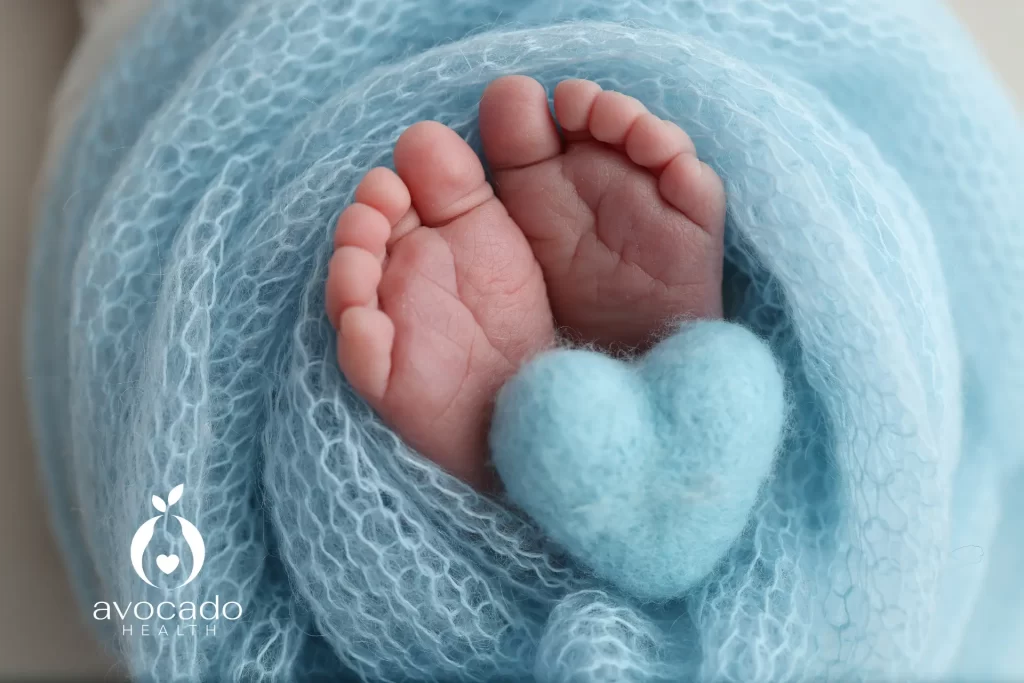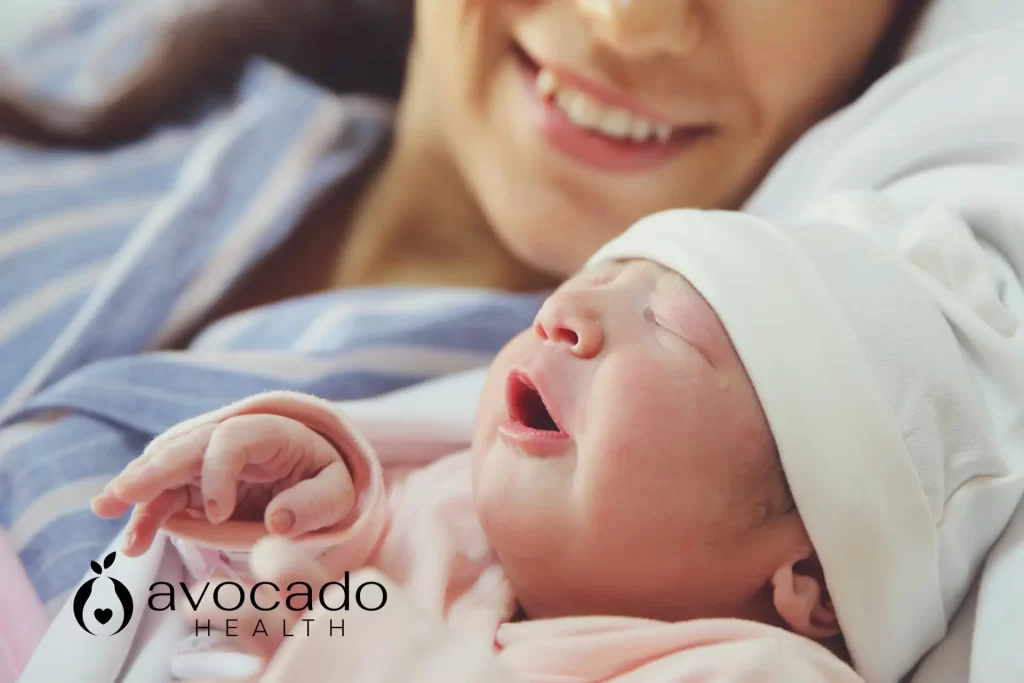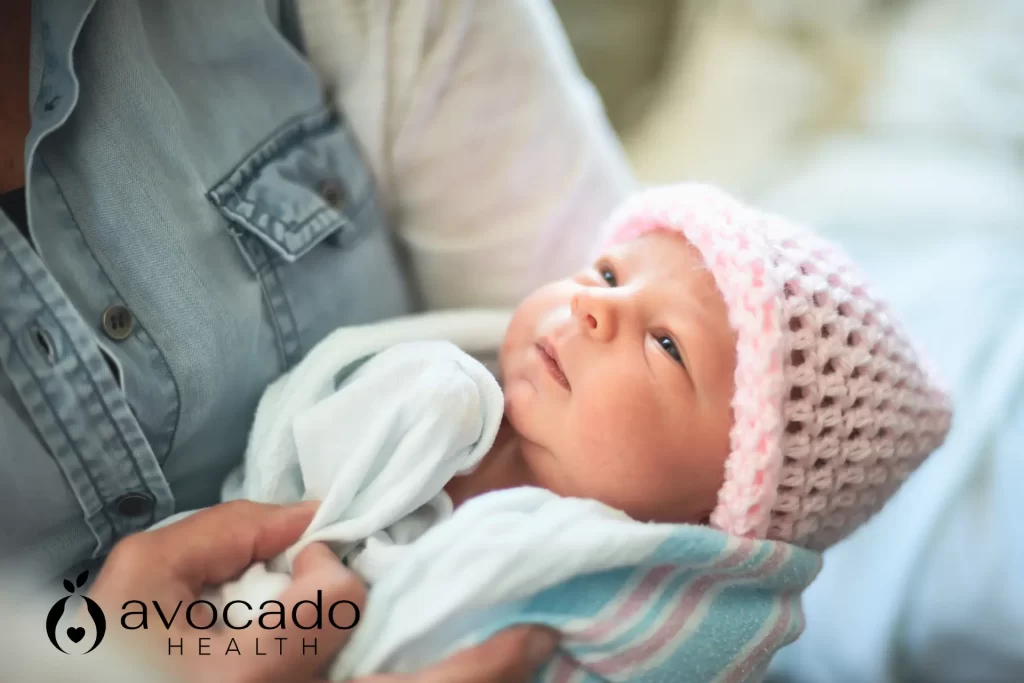Seeing infant purple feet can be surprising at first, but in most cases, it’s completely normal. Babies have developing circulation, which means blood flow to their hands and feet isn’t always even—especially when they’re cold or lying in one position for too long. The good news? A little warmth, a gentle massage, or simply changing their position is often all it takes to bring the color back.
- Infant Purple Feet Are Usually Normal – This is often due to their developing circulation.
- Gentle Warmth and Movement Can Help – These simple steps can aid in restoring normal color.
- It’s very common – More than 30% of healthy newborns can have bluish-purple hands, feet, or lips when they cry or feel a bit cool.
Table of Contents
Why Do My Baby’s Feet Look Purple?

If you’ve noticed your baby’s feet turning purple, you’re not alone. It’s completely understandable to worry, but in most cases, this color change is normal and nothing to be alarmed about as the baby’s body adjusts to new circulation patterns.
A newborn’s circulatory system is still getting used to life outside the womb, which can cause temporary variations in skin color, especially in the hands and feet.
Common Skin Color Changes in Newborns

Newborns go through many skin color changes in their early days, and most of them are harmless. These changes can affect different parts of the baby’s skin, including the hands, feet, and face. Here are a few you might notice:
- Acrocyanosis: This is when a baby’s hands and feet take on a bluish or purplish tint due to immature circulation. It’s a common and temporary condition that resolves on its own.
- Mottling: This blotchy, pale, or bluish pattern happens when a baby is cold or overstimulated. Once they warm up, it fades away.
- Jaundice: A yellowish tone in the skin and eyes caused by a buildup of bilirubin. It’s common in newborns and usually clears up on its own.
What is Acrocyanosis?

Acrocyanosis sounds like a complicated medical term, but it simply means that your baby’s hands and feet may sometimes look bluish or purple. This happens because their body is still learning how to regulate blood circulation.
The body naturally prioritizes sending blood to vital organs—like the brain and heart—before reaching the baby’s fingers and toes. While it might look worrisome, acrocyanosis is harmless and improves as your baby grows.
What Causes Acrocyanosis in Babies’ Blood Flow?

Several factors can cause a baby’s hands and feet to appear purplish:
- Developing Circulation: Blood flow in newborns is still adjusting, which can lead to less circulation in the extremities.
- Cold Temperatures: Babies aren’t great at regulating their body temperature yet, so their hands and toes may change color when exposed to cooler air.
- Small Blood Vessel Spasms: Tiny capillaries sometimes constrict, leading to temporary purple or blue discoloration.
When Do Babies’ Hands and Feet Stop Turning Purple?
Most cases of acrocyanosis improve within the first few weeks of life, but it can sometimes persist for a few months, especially in colder environments.
If your baby was born prematurely, their circulation may take a little longer to fully develop. As long as your little one is otherwise healthy and comfortable, there’s usually no reason to worry.
How to Treat Infant Purple Feet

While infant purple feet usually don’t need treatment, here are some simple ways to help keep your baby warm and improve their circulation:
- Dress them in warm clothing – Socks, mittens, and cozy layers can help maintain body temperature.
- Encourage gentle movement – Wiggling toes and fingers can improve circulation.
- Give them a light massage – Gently rubbing their hands and feet can stimulate circulation and warmth.
Acrocyanosis vs. More Serious Conditions
Understanding the difference between acrocyanosis and other conditions can help ease your mind:
- Acrocyanosis (Peripheral Cyanosis): Only affects the hands, feet, and sometimes lips. It’s usually linked to circulation adjustments and is harmless.
- Central Cyanosis: If you notice a bluish tint on your baby’s lips, tongue, or torso, this could indicate a lack of oxygen and may require medical attention. Cyanosis occurs when the skin turns blue or purple in central body areas, signaling a serious condition related to low oxygen levels in the blood.
When Should I Seek Medical Attention?
In most cases, purple hands and toes in babies are completely normal. However, you should reach out to a pediatrician if:
- The discoloration does not improve after warming your baby up.
- Your baby seems weak, lethargic, or unusually fussy.
- The bluish tint spreads beyond the hands and feet to the face, lips, or chest.
Final Thoughts
Seeing your baby’s feet turn purple can be unsettling, but in most cases, it’s a normal and temporary part of their early development. Their little bodies are still figuring things out, and as their circulation improves, the color changes will become less frequent.
Keeping your baby warm, helping them move, and knowing what signs to look out for can help you feel more confident. And if you ever have doubts, don’t hesitate to check in with your pediatrician for peace of mind!
Looking for more parenting tips? Explore our Parent Resources for expert-backed advice and helpful insights!
** The information in this blog is not intended to replace the medical guidance provided by your pediatrician. If you have concerns about your child’s sleep, please consult with your pediatrician.
Frequently Asked Questions
Can acrocyanosis be painful?
Interestingly, acrocyanosis is typically painless and is considered normal when it does not affect the central part of the body.
Crying can also trigger acrocyanosis in infants, as the blood vessels constrict even more during these episodes. This is a common sight in newborns and usually resolves on its own as they warm up.
Why Are My Baby’s Toes Turning Purple or White?
If you see your baby’s feet turning purple or even white, don’t panic. This is often a sign of cold-induced vasospasms, meaning the tiny blood vessels in their feet are temporarily narrowing due to cooler temperatures. Once they warm up, their skin color should return to normal.
Infant Purple Feet: Could It Be Raynaud’s Syndrome?
Raynaud’s phenomenon (Raynaud’s syndrome) is a condition where fingers and toes turn purple due to blood vessel spasms. While it’s rare in newborns, some babies may have a similar reaction to cold or emotional stress. Keeping them warm can help reduce these episodes.
📚 Sources
Dad of 5. CEO & Co-Founder of Avocado Health. Former HealthTech & FinTech Founder. Passionate about empowering families and driving change in parenting and child development.

